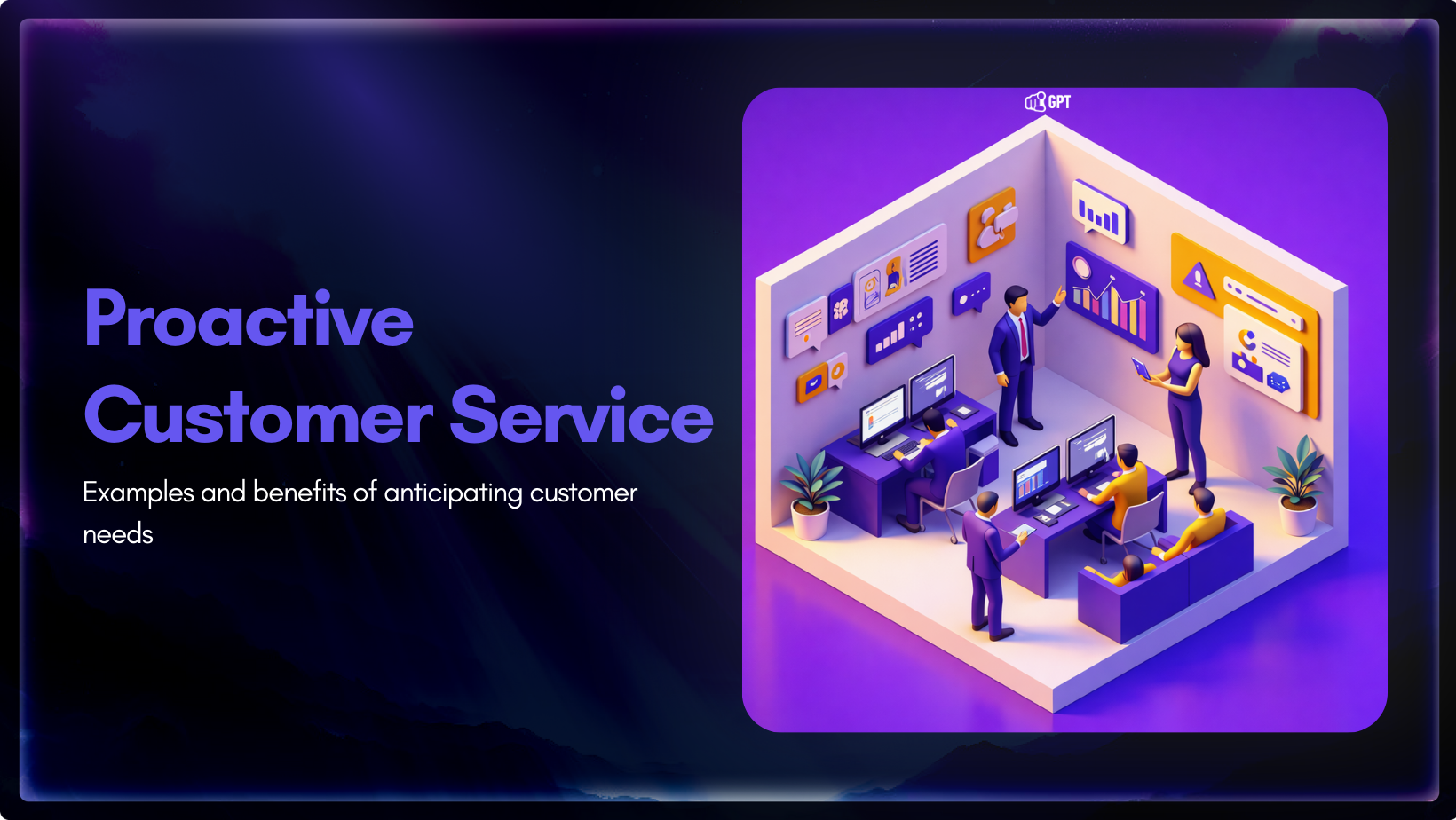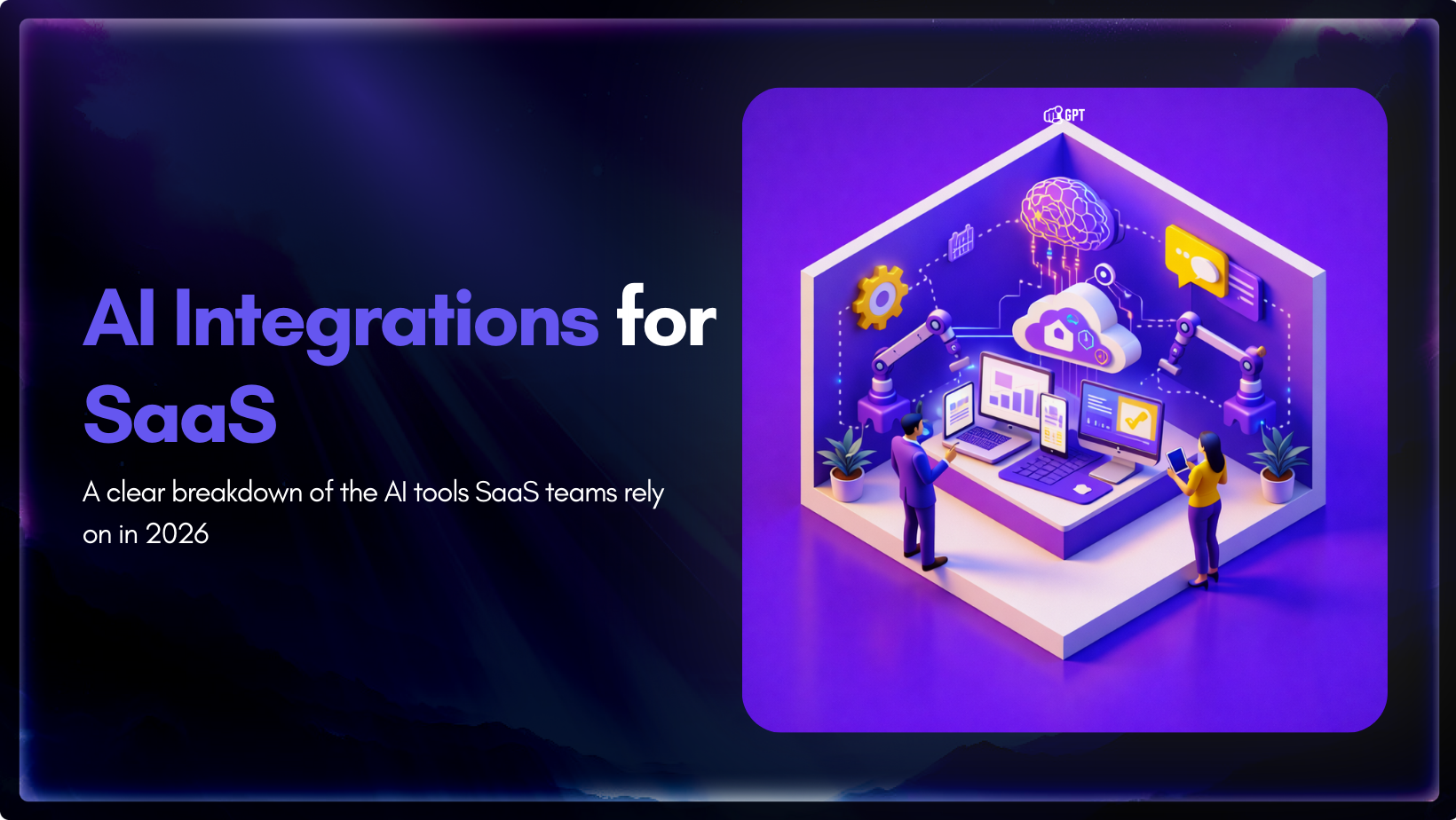Evaluate how different Large Language Models(LLMs) React to Your Prompts



Are you curious to discover the diverse responses and capabilities of Large Language Models (LLMs)? Understanding and testing how different LLMs respond to prompts can provide significant information about their functionality and suitability for specific jobs. This investigation not only helps you understand the capabilities of these models, but it also helps you choose the best one for your needs.
Because of their ability to generate human-like text, Large Language Models have become an essential component of many AI applications. However, variations in their responses may vary significantly based on the model’s architecture, training data, and fine-tuning.
Testing how different LLMs respond to prompts becomes critical in the attempt to understand these variances and complexities.

Large Language Models (LLMs) are the major achievement of modern language processing capabilities, transforming how machines understand and generate human-like text.
LLMs are massive neural networks that have been methodically trained on massive volumes of textual data collected from the internet. These datasets cover a wide range of languages, dialects, genres, and subjects, allowing for a thorough grasp of linguistic nuances and context. This rich dataset allows LLMs to understand subtle patterns, syntactic structures, and semantic links embedded in language.
The sheer size of these models, which are frequently trained with millions or even billions of parameters, helps them grasp, analyse, and provide language-based outputs. Despite their computational complexity, hardware developments and innovations in training approaches continue to push the limits of LLM capabilities.
Prompt testing is a technique to evaluate the performance of large language models (LLMs) such as OpenAI’s GPT, Google’s Bison, and Anthropic’s Claude. It involves sending a series of prompts or scenarios (queries) to the AI model and analysing the replies generated. This procedure is essential for various reasons:

Testing different LLMs involves presenting them with prompts scenerios and observing their responses. But why is this process so valuable? It allows us to understand how these models interpret and generate outputs based on varying inputs, showing information on their capabilities, biases, and strengths.


Let’s take a practical approach to understand how different AI models interpret and analyse sentiments. In this scenario, we’ll conduct a basic sentiment analysis test on three distinct OpenAI models: GPT4, GPT-3.5-Turbo, and text-davinci-003.

Scenario 1:
I am thrilled with the new updates to the software. It has significantly improved my workflow and productivity. Scenario 2:
Despite the team's efforts, the project failed to meet its deadlines, leading to frustration and disappointment among the members.
We observe different sentiment analyses when we evaluate these instances across multiple AI models. While the models’ general sentiment classification stays consistent, the sentiment scores may differ slightly. This demonstration shows how different models evaluate feelings in comparable circumstances, revealing their particular distinctions in textual data analysis.
You’ve obtained important insights into the performance of several different OpenAI models, including GPT4, GPT-3.5-Turbo, and text-DaVinci-003, by running sentiment analysis tests on them. Based on this information, it is now time to deploy and implement the best models for your needs, for us in this test GPT4 and text-DaVinci-003 performed, better than GPT-3.5-Turbo, based on the evaluation results.

Once you have tested and gained insights into different LLMs’ responses to prompts, you can deploy the most suitable model for your applications. Whether it’s chatbots, content generation, or data analysis, understanding how LLMs react to prompts is a pivotal step in leveraging their capabilities effectively.

You can track your deployments with the interface

Suggested Reading
For developers working on AI applications, LLM Spark’s built-in prompt templates are a helpful resource. These templates improve the experimentation process and allow for easy testing and comparison of responses from multiple language models.
Furthermore, the real-world example of sentiment analysis across several AI models—including GPT4, GPT-3.5-Turbo, and text-davinci-003—shows the variety of ways in which these models can analyse textual data. Through these tests, insights are gained, leading to informed decisions regarding the deployment of preferred models.
The process of testing, evaluating, and deploying the prompt for these models is critical to improving and optimising the use of AI models for specific tasks, resulting in better user experiences and more efficient decision-making processes.

Growth-focused teams move faster when their tools work together instead of competing for attention. Modern development depends on multiple systems to ship code, review changes, monitor services, and access data. Each system serves a purpose, but routine work often means moving between dashboards, scripts, and internal tools. These small transitions shape how consistently a team […]


Most customer service moments begin long before a ticket is created. Something feels off. A payment does not go through. A delivery update stops moving. A user gets stuck at the same step and tries again. Customers usually pause, check, retry, and wait before they decide to ask for help. Proactive customer service works inside […]


AI has become a core part of how modern SaaS products are built and delivered. In 2026, customers expect intelligent assistance to be available throughout their journey, from onboarding and everyday product usage to support and account management. Inside SaaS teams, AI is increasingly used to speed up workflows, reduce repetitive tasks, and improve how […]


Shopify stores often use a chatbot on their website to handle product questions, order updates, and support. But customers also message on WhatsApp expecting the same quick answers. Most of them already use WhatsApp throughout the day, so reaching out there feels natural. A chatbot that works across both channels responds in seconds, guides purchase […]


Most businesses do not struggle to generate leads. They struggle to know which ones are worth acting on. Forms get filled, DMs arrive, emails are opened, and chats happen across multiple tools. Some prospects convert. Most do not. The real problem is that there is no reliable way to tell, early enough, which signals actually […]


Artificial Intelligence has advanced quickly over the past five years, moving from an experiment to a standard component of modern business. AI has become a central part of enterprise strategy. 88% of organizations are now using AI. This figure has increased from 78% the year before. This transformation is reshaping how companies run, communicate, and […]
